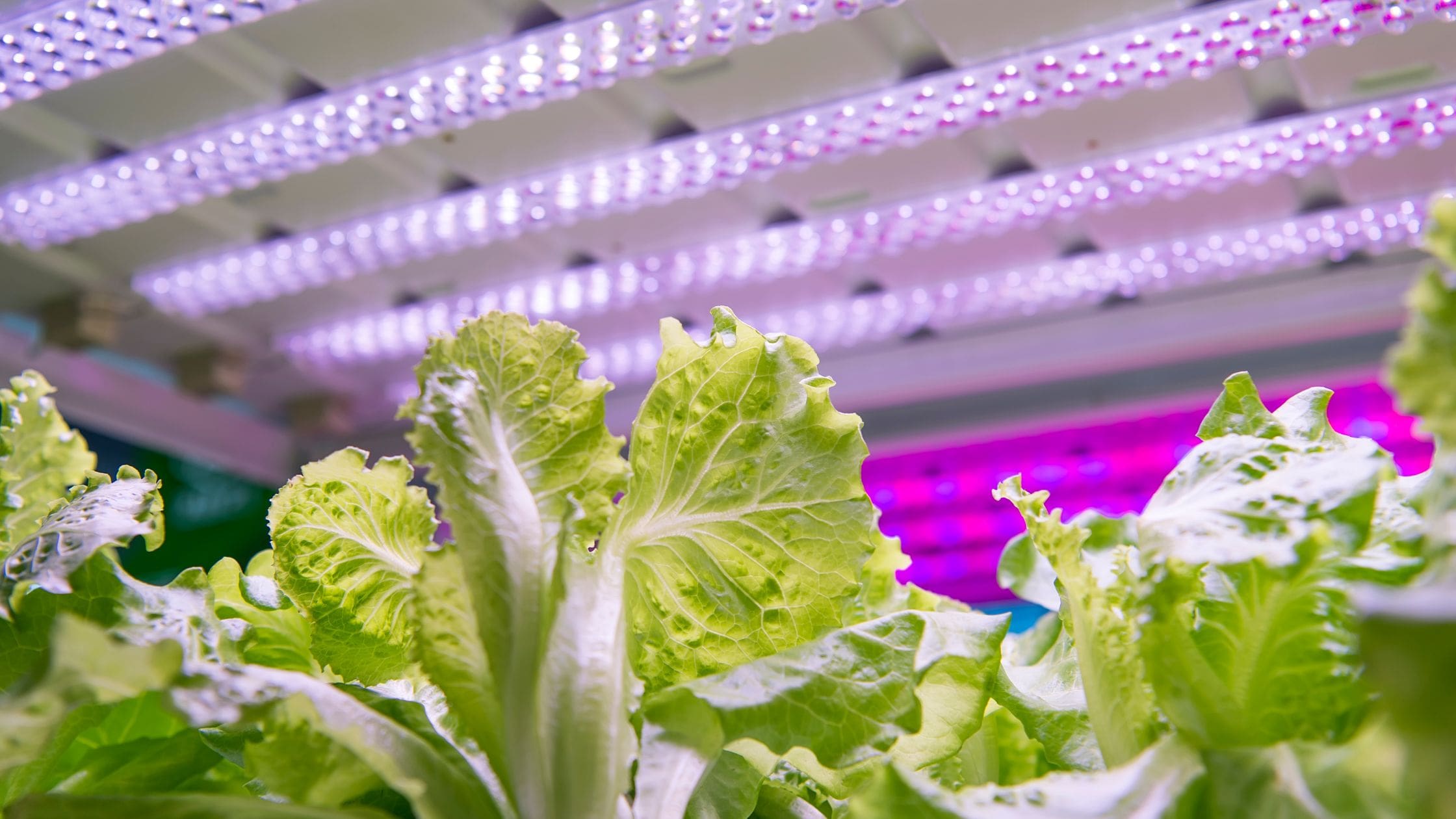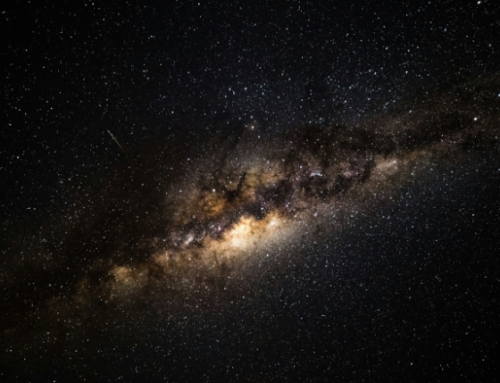Once a concept relegated to science fiction, space farming now holds vast implications for our exploration and potential colonization of celestial bodies. The prospect of growing crops in the harsh conditions of space represents an ambitious step for sustaining human life during extended space missions and, potentially, future space colonies. To achieve this feat, we must harness space-related technology and adapt our agricultural skills to this challenging environment, pushing the boundaries of what we previously thought possible en route to a bold future.
Space farming may seem like a daunting undertaking, but it is important to note that the concept has been slowly evolving over the last few decades – and space technology is already influencing agriculture on Earth. Satellite imagery, for instance, plays a pivotal role in modern agriculture by providing farmers with crucial data on weather patterns, soil conditions, and crop health metrics. Farmers can use this data to optimize their practices, increasing yields while conserving resources.
One of the key challenges of space farming is creating a controlled environment mimicking Earth’s conditions. Here, we find that expertise in life support systems – a critical component of space missions – directly applies to space farming. NASA has spent decades perfecting life support technology to sustain astronauts in the harsh vacuum of space. These systems manage everything from oxygen levels to carbon dioxide removal, making them essential for cultivating crops. By integrating life support systems into space farming endeavors, we can create self-sustaining environments that provide the necessary conditions for plant growth, reducing our reliance on Earth for sustenance during extended space missions.
In this vein, hydroponics and aeroponics are two techniques that have shown great promise. Hydroponics entails growing plants in nutrient-rich water solutions, while aeroponics suspends plant roots in the air and nourishes them with nutrient-rich water. These methods are highly efficient and conserve resources, making them ideal for space farming; they also facilitate control of temperature, humidity, and nutrient levels, ensuring optimal growing conditions.
Such technologies are not just limited to experimental labs; they are at the core of large-scale efforts like Starlab Oasis. The lab, a pioneering initiative in space agriculture, is at the forefront of industry research and development. This commercial project aims to create sustainable life support systems for space colonization, focusing strongly on agriculture. The Starlab’s modular design allows for scalable food production, making it adaptable for various space missions and future colonies in various potential locations.
Moreover, the lab’s research extends beyond the physical aspects of space farming; it explores how psychological factors influence crop growth in space. For instance, the emotional well-being of astronauts and colonists can impact their interactions with plants, which, in turn, can affect plant health. These intricate relationships between humans and crops in space are crucial for long-term space habitation. Starlab Oasis and similar projects are also working on perfecting closed-loop ecosystems to ensure food security in space colonies. Unlike on Earth, where we have access to certain abundant resources, space missions demand increased attention to resource efficiency and sustainability. Therefore, research in closed-loop ecosystems, where waste is recycled and reused to support plant growth, is paramount. These systems mimic Earth’s natural processes and help reduce the dependence on Earth for resupply missions.
Space farming represents a pivotal frontier in our quest to explore and expand into space; it is a testament to the incredible potential of human ingenuity and the determination to cultivate life beyond Earth’s boundaries, marking an innovative new era of space exploration.






